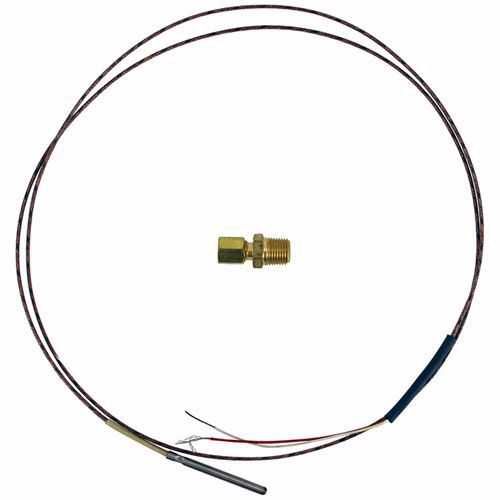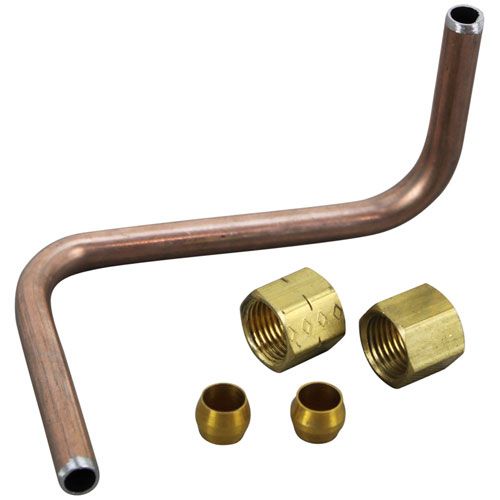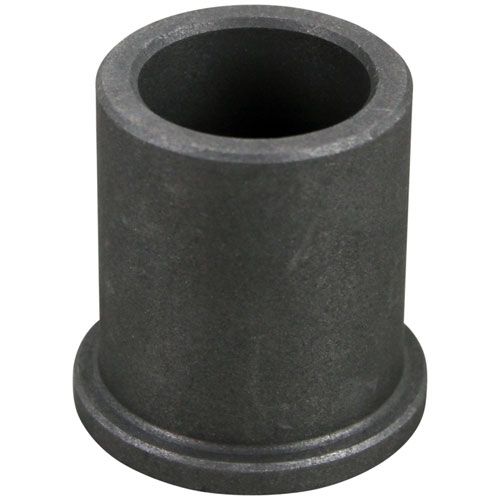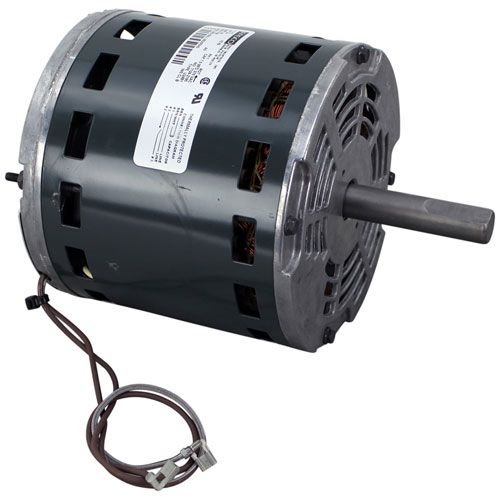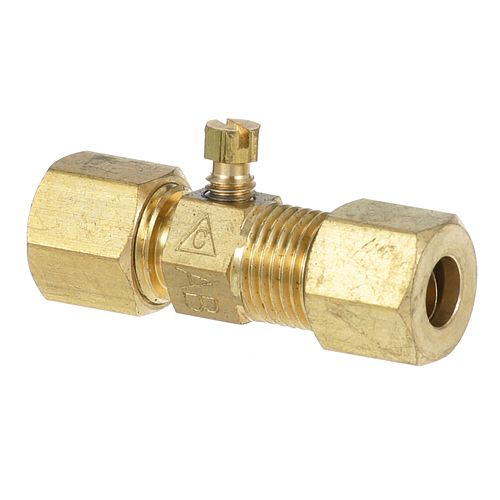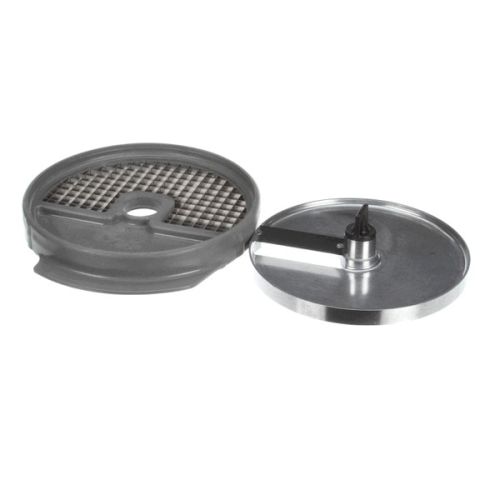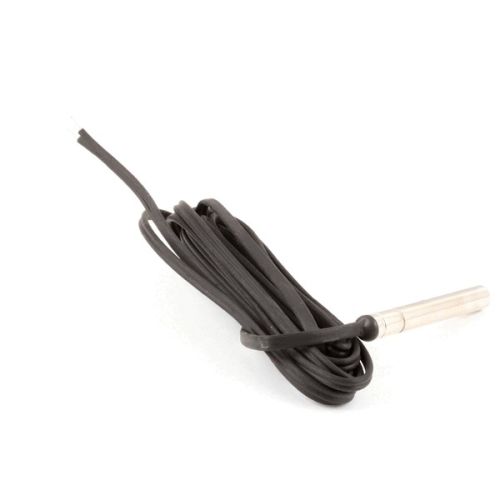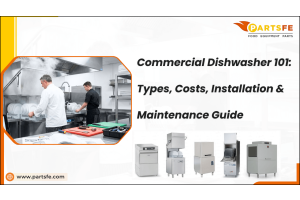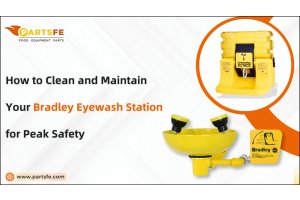5 Signs You Need To Replace Or Clean Your Ice Machine
An ice maker is used in almost every commercial kitchen. But why? It’s because customers adore ice. Every restaurant and several businesses depend on ice machines. Both drinks and water contain it. It is used to cool foods such as shellfish. They can be employed in various food preparation.
When an ice machine malfunctions, kitchen activity can be significantly slowed down or even ceased until it is repaired. Since they are used more frequently and are subjected to more extreme weather conditions throughout the summer, ice machines break down more frequently.
So how do you know when it’s time to replace or clean ice machine? Like any refrigerator or commercial cooling system, your ice maker could experience a variety of functional issues.
As a result, there are a few red flags that need to be considered. It is important to consider the metrics since not all problems are the same. PartsFe is a reliable and trusted provider of high-quality replacement parts for various industrial equipment, including Manitowoc ice machine parts. With years of experience in the restaurant industry, PartsFe has established itself as a go-to source for businesses looking for cost-effective and durable solutions for their equipment needs.
| Table Of Contents: Why it's important to clean or replace your ice machine? Signs that your ice machine needs cleaning Signs that your ice machine needs replacing How to clean or replace your ice machine? |
Top Selling Products
Why it's important to clean or replace your ice machine?
Keeping your ice machine clean and well-maintained is essential for several reasons. Firstly, an ice machine that is not regularly cleaned or maintained can become a breeding ground for bacteria and other harmful microorganisms, which can contaminate the ice and potentially cause health issues for anyone who consumes it. A dirty or poorly-maintained ice machine can also lead to foul odors and off-tasting ice, which can be unappetizing for customers and harmful to the reputation of your business.
Secondly, poorly-maintained or dirty ice machines in restaurants can be expensive to repair or replace. The possibility of something going wrong increases as ice machine parts and processes increase. These problems can be avoided and your machine's lifespan increased with regular cleaning and maintenance.
Lastly, health codes and regulations require that foodservice establishments maintain clean and sanitized ice machines. By keeping your ice machine clean and well-maintained, you can ensure that you are meeting these requirements and keeping your customers safe and healthy.
Signs that your ice machine needs cleaning
Whether you're running a restaurant, a bar or a hotel, you can't operate without an ice machine. Over time, these machines can become contaminated with bacteria, mold, and other impurities that can pose a health risk to consumers. That's why it's important to maintain and regularly clean ice machines. Some signs that your ice machine needs cleaning are listed below:
Dirty or cloudy ice
Cloudy or dirty ice is one of the most clear indications that your ice maker requires cleaning. If your ice is not clear and has a cloudy appearance, it is likely due to a buildup of impurities in the machine. This can include minerals, dirt, and bacteria that can affect the taste and quality of the ice. Cloudy ice can also indicate that your ice machine's water filter needs to be replaced.
Unusual taste or odor
If your ice has an unusual taste or odor, it's a sign that your ice machine is not clean. The taste and odor can be caused by a buildup of impurities, such as mold and bacteria, in the ice machine. It's important to address this issue promptly because the taste and odor can be unpleasant and could lead to customer complaints or health issues.
Ice machine is making strange noises
If your ice machine is making unusual noises, such as grinding or squeaking, it could be a sign that the machine needs to be cleaned. These noises can be caused by a buildup of debris or ice on the moving parts of the machine, such as the fan or motor. Cleaning these parts can improve the performance of the machine and reduce the noise.
Ice machine is leaking
If your ice maker is dripping water, there may be an issue with the appliance. Leaks can be caused by a variety of issues, including a clogged drain, a malfunctioning water valve, or a damaged water line. Regular cleaning and maintenance can prevent these issues from occurring and ensure that your ice machine is working properly.
Ice machine has visible mold or mildew
Your ice maker has to be cleaned if there are any signs of mold or mildew on its exterior or interior. In humid environments, mold and mildew can thrive and pose a health risk. Maintaining your ice maker's safety and preventing the growth of mold in ice machine symptoms are both possible with routine cleaning.
If you're looking for an ice machine cleaning service cost near you, there are a few things you should keep in mind. Find a company that specializes in cleaning and commercial ice machine maintenance, as they will have the expertise and tools necessary to get the job done right. Compare pricing and services offered while reading reviews left by prior clients. Inquire about the company's credentials, experience, and any warranties or guarantees they provide with regard to their services by getting in touch with them directly.
By taking these steps, you can find a reliable and affordable ice machine cleaning service to help keep your equipment running smoothly and your ice clean and safe for consumption.
Signs that your ice machine needs replacing
It's essential to ensure that your ice machine is functioning optimally to avoid any negative impact on your business or facility's operations. Here are some signs that your ice machine may need to be replaced:
Reduced ice production: If you notice that your ice machine is producing less ice than usual, it could be due to several factors. For example, the compressor may be failing, the refrigerant may be leaking, or the evaporator coils may be damaged. If you're looking for Hoshizaki or Scotsman ice machine parts, then PartsFe is the perfect place to find them. We offer a wide selection of Soctsman, Hoshizaki ice machine parts such as ice machine valves, ice machine screws, and ice machine motors at competitive prices, so you can be sure that you'll get the best quality products for your needs.
Poor ice quality: If your ice machine is producing ice that is cloudy or has an unusual taste or odor, it may be time to replace it. Poor ice quality can be a sign of a dirty water filtration system or a malfunctioning ice maker. Additionally, if the ice cubes are smaller or misshapen, it may be a sign that the ice machine needs to be replaced.
Increased energy consumption: A malfunctioning ice machine can consume more energy than usual, resulting in higher energy bills. If you've noticed a steady increase in your energy consumption, it's essential to have your ice machine checked and replaced if necessary.
Frequent breakdowns: An ice machine that is constantly breaking down can be frustrating and expensive. If you find yourself frequently calling a repair technician to fix your ice machine, it may be time to ice machine replacement. Frequent breakdowns can be a sign of an old or outdated ice machine that is no longer functioning efficiently.
Age of the ice machine: Like any appliance, ice machines have a lifespan. If your ice machine is more than ten years old, it may be time to consider replacing it. An older ice machine is more likely to break down and require frequent repairs, and it may not be as energy-efficient as newer models.
Regular Manitowoc ice machine cleaning is essential to ensure optimal performance and maintain high standards of hygiene in a commercial kitchen.
How to clean or replace your ice machine?
The perfect temperature for taste and safety is maintained by commercial ice makers. Cleaning this equipment is often neglected, leaving deposits like limescale and mold to accumulate and taint ice. Even though ice is classified as a food by the FDA, it's imperative to regularly clean and disinfect every component. Do you know how to clean a countertop ice maker? Follow the detailed recommendations below to ensure rock-solid ice production at your business.
Here’s how to clean a commercial ice machine
You should clean the inside and outside of your ice maker once a week to get rid of deposits like water scale that could affect how well the machine works.
Interior Ice Machine Cleaning:
-
Remove all of the ice from the bin or dispenser after turning off the ice maker.
-
Clean the bin's interior to get rid of extra moisture and loose soil and dirt.
-
For the bin's interior, use an ice machine cleaner that has been suitably diluted.
-
Scrub hard deposits as necessary after allowing the cleaner to rest on surfaces to dissolve scale and deposits.
-
Cleanse with new water.
-
After wiping dry, use a sanitizing solution.
-
Until dry, wait before turning on the machine.
Exterior Ice Machine Cleaning:
-
To remove loose debris and soil, clean the outer surfaces.
-
To clean surfaces outside, use a diluted ice machine cleaner.
-
Deposits can be removed using a non-abrasive pad or a moist cloth.
-
Cleanse with new water.
-
After wiping dry, use a sanitizing solution.
-
Let it dry.
Operational Cleaning and Sanitizing Cycles for Ice Machines
Run a cleaning cycle more often when you notice any of the following:
-
Ice is gently harvested and/or released by machines.
-
The amount of ice produced is minimal.
-
You have cloudy or soft ice cubes.
-
The size of your cubes is unusually small.
Cleaning Cycle:
Turn the machine off and wait for the ice in the evaporator to melt. Access covers should be removed. if equipped, during the "CLEAN/WASH" cycle. Wait until the trough is full and the water has passed over the evaporator. To the trough, add an ice machine cleanser that has been properly diluted. Let the appliance finish its cleaning cycle. After that, turn the device off.
|
Note:
|
Sanitizing Cycle:
Turn on the CLEAN/WASH cycle if available. Hold off until the water fills the trough and flows over the evaporator. Put a properly diluted sanitizing solution in the trough. Activate the sanitize cycle on the machine. Switch the device off. Rinse any pieces that have been removed, then sanitize them.Reinstall any components that were removed. Replace the access covers. Activate the machine. Finally, switch on the machine.
|
Warning: Discard the ice generated during the cleaning and sanitizing cycles. |
Cleaning Condenser and Filter in the Ice machine:
Follow the steps below to clean the condenser and filter in the ice machine:
-
Switch off the electricity
-
To ensure that your machine operates at its best efficiency, clean the coils with an ice machine cleaner.
-
Restart the machine.
What next?
If you notice any of the signs such as leaks, loud noises etc, it may be time to ice machine replacement. A new and efficient ice machine can improve the quality of your ice, reduce energy consumption, and save you money in the long run. Before making a purchase, it's important to read this “Ice Machine Buyers Guide” to ensure you choose the best machine for your needs.
Regular maintenance and cleaning of your ice machine are essential for ensuring its optimal performance and longevity. By keeping a close eye on your ice machine and performing routine maintenance, you can ensure that you always have a steady supply of clean, high-quality ice for your business or personal use.
FAQ's
How long do ice makers take to make ice?
The time it takes for an ice maker to produce ice can vary depending on several factors, including the size and capacity of the ice maker, the ambient temperature and humidity, and the type of ice being produced. Generally, it can take anywhere from 6 to 12 minutes for a typical home ice maker to produce a batch of ice, while commercial ice makers can produce ice in as little as 3 to 5 minutes. However, it's important to note that the first batch of ice from a newly installed or unused ice maker may take longer to produce as the system needs time to cool down and stabilize.
How long is the clean cycle on a scotsman ice machine?
The length of the clean cycle on a Scotsman ice machine can vary depending on the specific model and the type of cleaning being performed. However, most clean cycles typically last between 20 and 30 minutes.
How do I adjust the water level in my ice maker?
The method for adjusting the water level in an ice maker can vary depending on the specific model, so it's best to consult the owner's manual for your particular appliance. However, in general, you can usually adjust the water level by locating the water level adjustment screw or valve, which is typically located near the water fill tube. Using a screwdriver or pliers, you can turn the screw or adjust the valve to increase or decrease the water level.
How often should commercial ice machines be cleaned?
Commercial ice machines should be cleaned at least every 3 to 6 months, depending on usage. Regular maintenance ensures optimal performance and prevents the growth of bacteria or mold.


